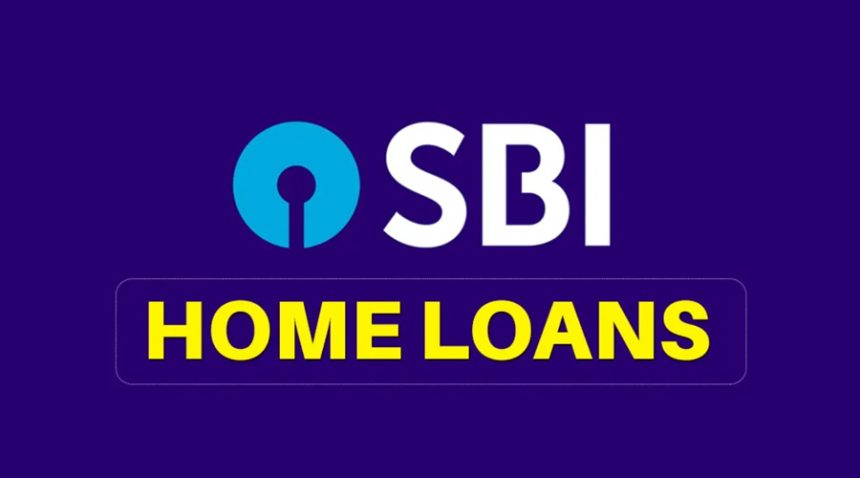Lower Interest Rates: A Sign of Market Growth or Temporary Relief
The State Bank of India (SBI), India’s largest public sector bank, has recently reduced its home loan interest rates by 25 basis points (bps). This move, driven by the RBI’s decision, will impact borrowers across various loan products as SBI lowers its External Benchmark-based Lending Rate (EBLR) and Repo Linked Lending Rate (RLLR). While the bank has adjusted these key lending rates, it has held steady on its Marginal Cost-based Lending Rates (MCLR), Base Rate, and Benchmark Prime Lending Rate (BPLR). This article will delve into the specifics of SBI’s rate cut, explore how it will affect home loan borrowers, and analyze the broader implications for the lending market.
What is the Repo Rate and Why Does it Matter?
The repo rate, the interest rate at which the Reserve Bank of India (RBI) lends funds to commercial banks, is a key instrument for managing the nation’s economy. It essentially represents the cost for banks to borrow from the RBI.
EBLR and RLLR Explained
1. EBLR (External Benchmark Lending Rate): EBLR is a lending rate that banks link to an external benchmark, meaning a rate outside he bank’s direct control. This benchmark could be the RBI’s repo rate, as well as other benchmarks like market interest rates or government bond yields.
2. RLLR (Repo Linked Lending Rate): RLLR is a specific EBLR type directly linked to the RBI’s repo rate. Any change in the repo rate will immediately and directly impact the RLLR and, in turn, the interest rates on loans linked to it. RLLR provides a clear and direct transmission of the RBI’s monetary policy decisions to borrowing costs.
SBI’s Revised Home Loan Interest Rate
| Loan Type | Interest Rate Range |
| Regular Home Loan Rates | 8.25% – 9.20% |
| Home Loan Maxgain Rates | 8.45% – 9.40% |
| Tribal Plus Home Loan Rates | 8.35% – 9.30% |
| Top Up Home Loan Rates | 8.55% – 11.05% |
| Top Up (OD) Home Loan Rates | 8.75% – 9.70% |
| Loan Against Property (P-LAP) | 9.75% – 11.05% |
| Reverse Mortgage Loan (RML) | 11.30% |
| YONO Insta Home Top Up Home Loan | 9.10% |
Let’s calculate the savings on a ₹60 lakh loan with a similar rate reduction.
- Loan Amount: ₹60,00,000
- Tenure: 20 years
- Monthly EMI with 9.20% = 54,757
- Monthly EMI with 8.95% = 53,791
- Total Monthly Saving: 54,757 – ₹53,791 = Rs 966
Impact on Borrowers
New Borrowers:
- Lower interest rates reduce the total interest paid over the loan term.
- Individual interest rates vary based on credit score (CIBIL) and loan amount.
- Total savings depend on the loan amount, loan term, and the lender’s offered interest rate.
Existing Borrowers:
- Banks must pass on the rate cut during interest rate reset.
- Options typically include:
- Lower EMI with the same loan term.
- Shorter loan term with the same EMI.
- Banks must offer the option to switch to a fixed interest rate.
- Borrowers can prepay the loan partially or fully at any time.
Impact on the Economy
SBI’s recent rate cut is expected to stimulate economic activity. The bank aims to encourage consumer spending and investment by lowering borrowing costs, especially in key sectors like housing. While this move can potentially impact SBI’s profitability in the short term due to lower net interest margins, the overall economic effect depends on the magnitude of the rate cut and prevailing economic conditions.
Conclusion
SBI’s decision to reduce home loan interest rates following the RBI’s repo rate cut offers welcome relief to new and existing borrowers. The reduction in EBLR and RLLR translates to lower EMIs and reduced overall interest payments, making homeownership more accessible.
While the specific savings will vary depending on individual loan terms and credit scores, the move signals a positive trend in the lending market. Existing borrowers also have options to restructure their loans to maximize the benefits of the rate cut. This action by SBI, the nation’s largest public sector bank, will likely influence other lenders and further stimulate economic activity in the housing sector.






